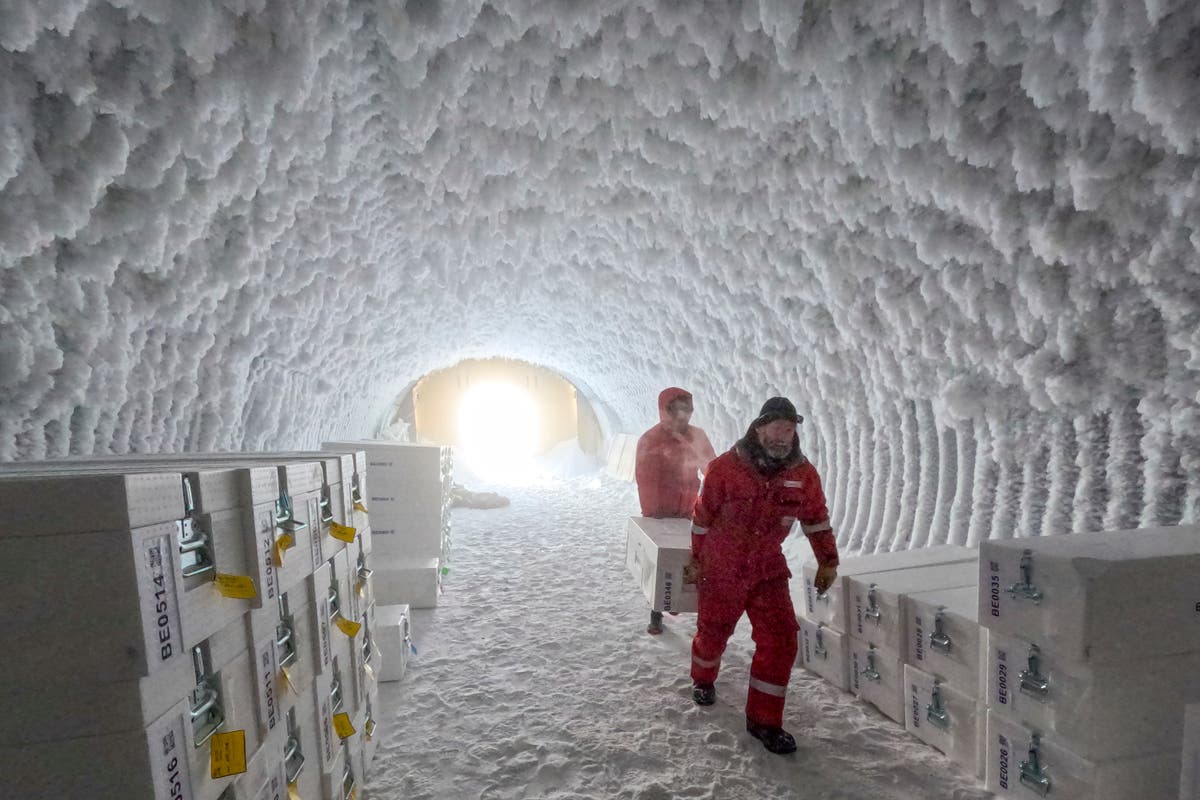Scientists have unearthed the fossil remains of a remarkably small extinct feline species in a cave system in eastern China. The newly identified species, Prionailurus kurteni, is significantly smaller than a modern house cat, measuring comparable in size to the smallest modern felines like the rusty-spotted cat and black-footed cat.
This discovery comes from the Hualongdong cave in Anhui province, where researchers from the Chinese Academy of Sciences unearthed a lower jaw fragment. Analysis of the fragment confirms its classification as an extinct species of leopard cat.
The fossil's diminutive size, estimated to be comparable to the smallest modern cats (a maximum head-and-body length of 48cm for the rusty-spotted cat and 52cm for the black-footed cat), underscores the significant diversity of feline species during the late Middle Pleistocene (300,000 years ago).
"This species represents the smallest known fossil member of the Felidae family to date," according to the study published in Annales Zoologici Fennici. The excellent preservation of the fossil is crucial, given that smaller animals' remains often decompose more rapidly in the environments they inhabit.
The Hualongdong cave site itself boasts a rich history, with previous excavations uncovering dozens of human fossils from around 300,000 years ago. These hominin remains represent some of the earliest evidence of Homo sapiens in East Asia. Analysis of the humans suggests they possessed features of both primitive and modern humans, positioning them as ancient hominins in the process of evolving toward Homo sapiens.
Researchers note, however, that the lack of butchery marks on the feline's jawbone suggests these cats may not have been part of the hominin's diet. The cave site also revealed a wide range of other vertebrate species, including extinct pandas, providing valuable insights into the local ecosystem and human diet of the time.
"These findings are crucial for understanding human evolution," researchers highlighted in a statement to the South China Morning Post. The research significantly contributes to our understanding of the past coexistence of humans, cats, and other species during this significant time period in human history.







